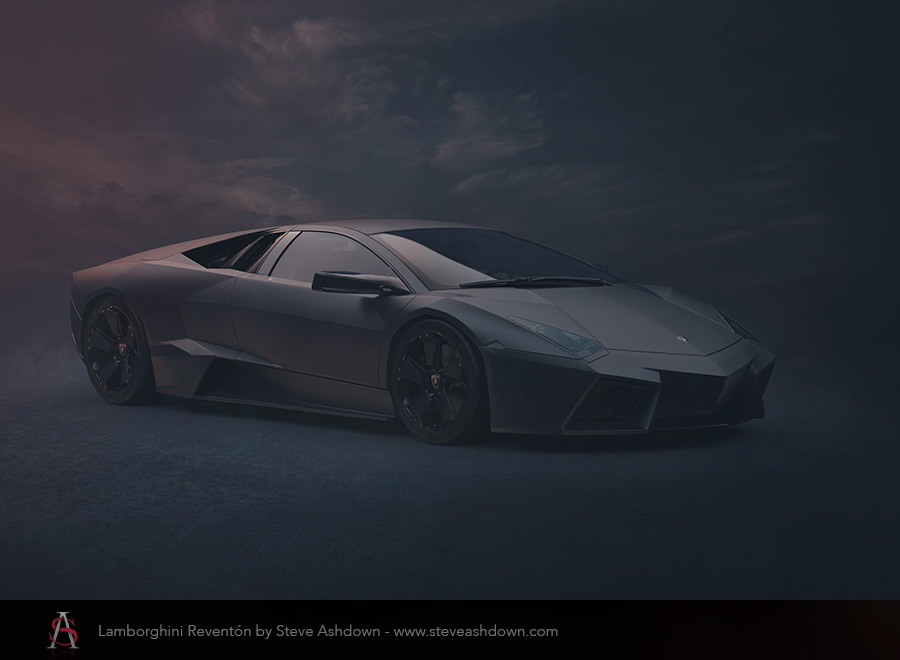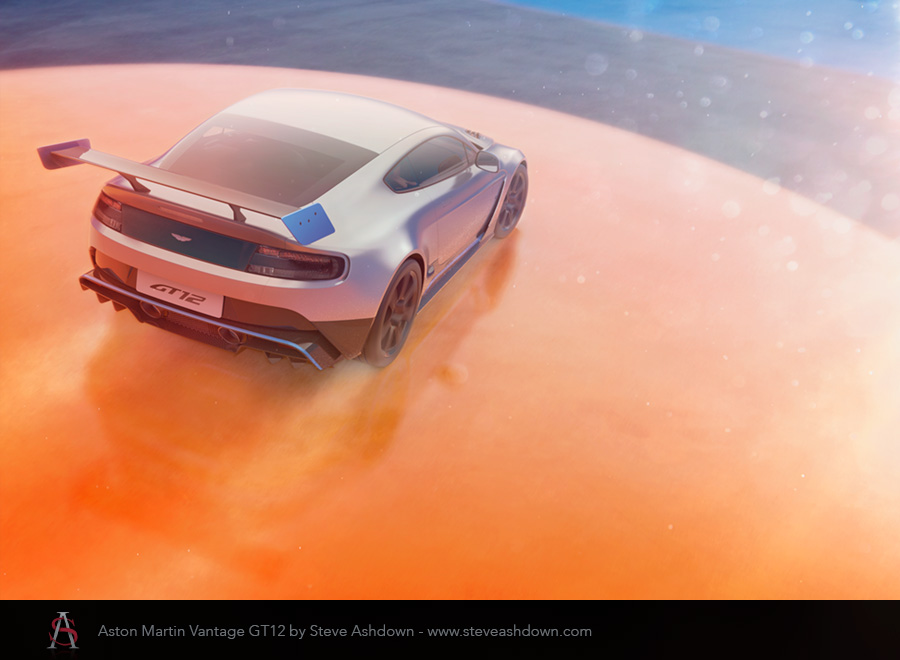
I’m often asked “What is the best camera for car photography?” so here is my take. Camera choice is personal and can be very specific to the use case. I’ve found that car photography isn’t particularly demanding on a camera’s specification but there are certain functions that can be useful.
It gets more complicated when you consider that there are many different ways to photograph a car. I’ve divided these up and tried to make the broadest of unbiased recommendations.
Location car photography (natural light)
While I cut my teeth in the studio, I now shoot on location more than anything else. The equipment can be very simple. It isn’t stressed at all so just about any camera body will do. Complex focussing systems and low-noise high-ISO aren’t really needed here. Good technique, composition and creative vision are far more important than equipment.
That said, to get the very best from an image you’ll want to have lots of dynamic range and resolution. A big, high quality sensor will do this but as such images generally contain minimal movement then multiple exposures can be combined to achieve a similar result. Combining bracketed exposures can also increase dynamic range to get a full range of detail in both dark and light areas. Pixel-shift or multi-shot systems take several photos with tiny adjustments of the sensor and combine these to get a higher resolution end result.
A 50mm lens gives the most natural perspective of a car so is always the best starting point. Long and wider focal lengths also have their place but I have happily completed entire shoots with just a 50mm lens. Zoom lenses are very versatile. Wide apertures might not be needed as you usually want to be sure the whole car in focus.
A polarising filter is extremely useful for both cars and landscapes. It will reduce reflections on glass and paintwork and will deepen the colours of the sky.
A tripod is essential for multiple exposures or if you want to try and keep the ISO noise as low as possible.
Recommendation: Fujifilm GFX, Leica S3 or Hasselblad X1D. These medium format cameras combine a large sensor with a compact lightweight body. They give stunning dynamic range and accurate colours. While these might be ideal, most cameras will be just fine.
Location car photography (strobe light)
If you are adding strobe/flash lighting to enhance a location image then it is useful to have a faster flash sync speed to help you balance the lighting. Leaf shutters can do this as can high speed sync (HSS) setups. I have found HSS limiting on flash output power and can be complicated to use. Alternatively, avoid bright daylight.
Recommendation: Hasselblad X1D, Leica S3, Sony A1. The focal plane shutter in the A1 gets a useful extra stop of sync speed.
Studio car photography
Medium format is traditionally most at home in the studio, however, it is far from essential. If you are using strobe (flash) lighting then cameras with a normal focal plane shutter will be limited to a relatively slow shutter speed. Leaf shutters, seen in many medium format lenses as well as compact cameras will sync with flash at faster speeds allowing you better control of reflection Le and ambient light. Some studios have powerful continuous light setups in which shutter type won’t matter. Cameras with a focus stacking function can be useful to get the whole car in sharp focus. You can do this manually but it is time consuming.
Recommendation: Hasselblad H6D or Phase One XF. These high resolution cameras give the very best image quality and offer the flexibility of leaf shutter lenses. These are costly but you can hire them by the day.
Rig car photography
Rigs have long been an essential method of getting sharp shots of moving cars however, there are now alternative methods of working (see bellow). My ideal rig camera is one that is lightweight to avoid flexing the rig and can be triggered remotely. Lens choice will depend on the length of your rig. For shorter car rigs, you will need a wide angle lense and as a result, the proportions of the car will be distorted.
Recommendation: Sony A7R. There are plenty of options here but Sony’s A7R series of cameras combine great image quality with light weight.

Motion car photography
Car to car photography is a lot more realistic today thanks to high quality image stabilisation systems. The best ones combine in-body stabilisation (IBIS) as well as lens stabilisation working together. Fast and accurate continuous autofocus tracking will also increase the number of sharp photos. Being able to find the controls without taking your eye off the subject is important here. You might also find a good comfortable grip to be useful to help you securely hold the camera while in motion.
Recommendation: Sony A1, Nikon D5, Canon R5. The Canon EOS R5 would be my favourite here as it has good ergonomics as well as in-body and lens stabilisation.
Motorsport photography
Photographing fast moving vehicles is both skilful and technical. The equipment needed is in contrast to other areas of automotive photography. Fast and accurate continuous autofocus is essential. Light levels vary but shutter speed needs to be spot-on, so keep in mind that you may need to increase ISO without the image quality falling apart. Minimal viewfinder black-out times between shots should be considered. This will help you to track a fast moving car and keep it composed within the frame.
Longer focal lengths will be the easiest way to get cars to fill the frame however, wider shots can be just as effective.
Recommendation: Sony A1, Nikon D5, Canon R3. A top-level sports camera will make shooting fast moving cars a lot easier.
Summary
As I said at the start, camera choice is a personal one, a car photographer is not tied to any kind of camera or lens and most modern cameras (and many older ones) will do a great job. It’s more important that you have an understanding of what you are trying to achieve and how you are going to go about it than the tools you use.
Personally, I have used digital medium format cameras for quite a long time now. I like to be able to balance flash and ambient light precisely and I love the image depth and quality. The low pixel noise also makes detailed editing a lot easier. I currently use a Hasselblad X1D and use 65mm and 80mm lenses the most. I also have wider and longer lenses for the times I need them. On the occasions I need to photograph in a studio or a fast moving car then I prefer to hire suitable equipment.

There are no comments yet. Why not add one?
The comments are closed.